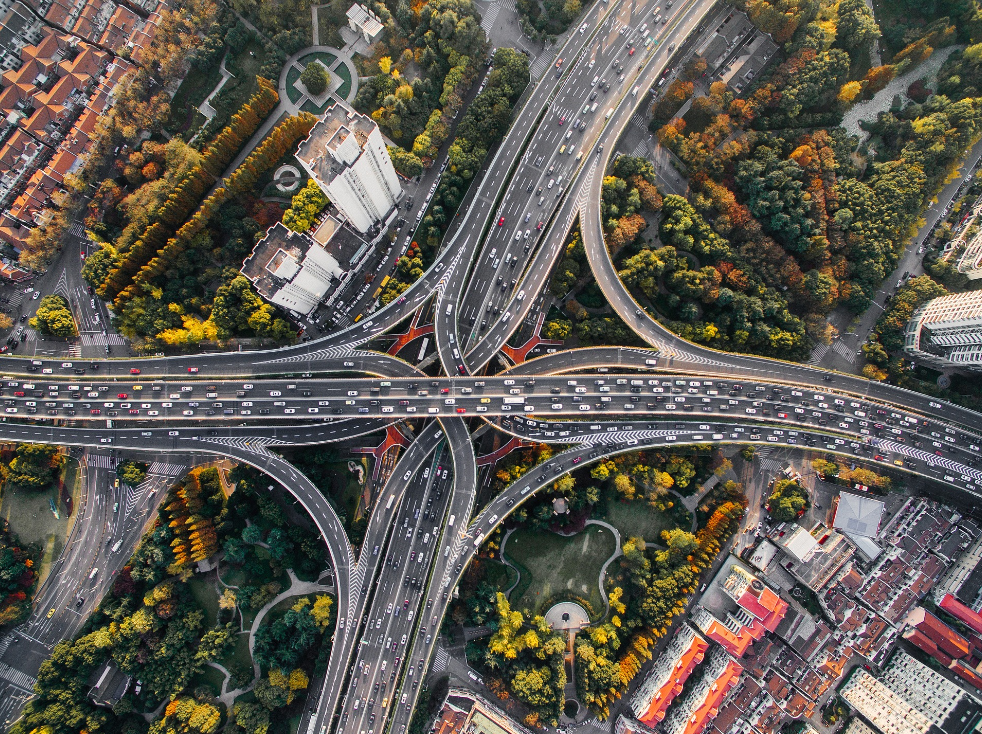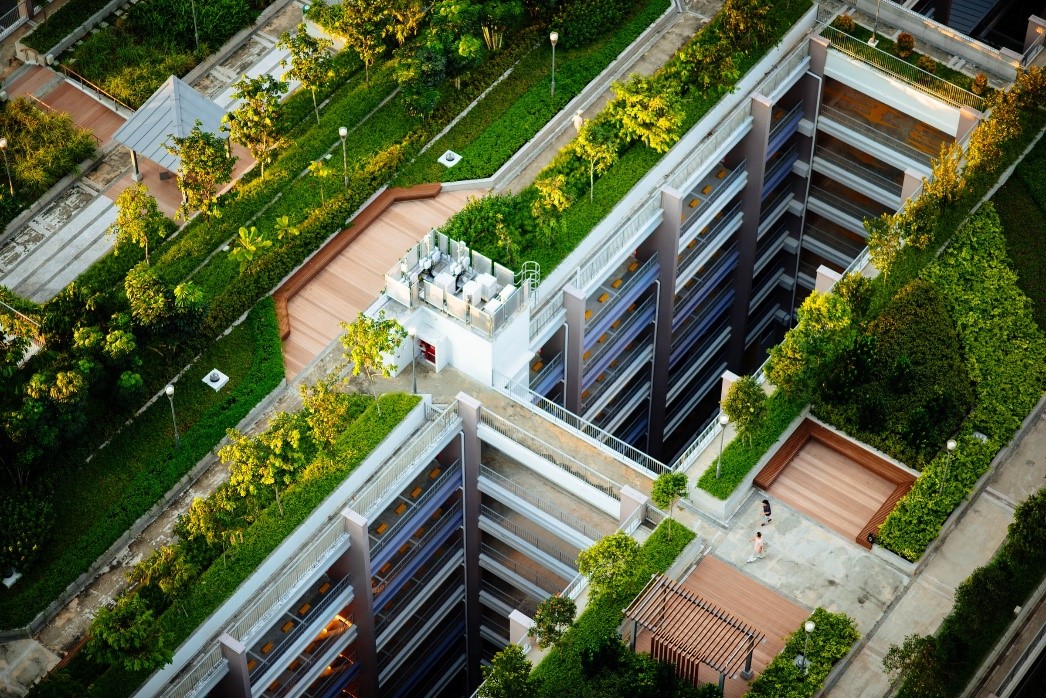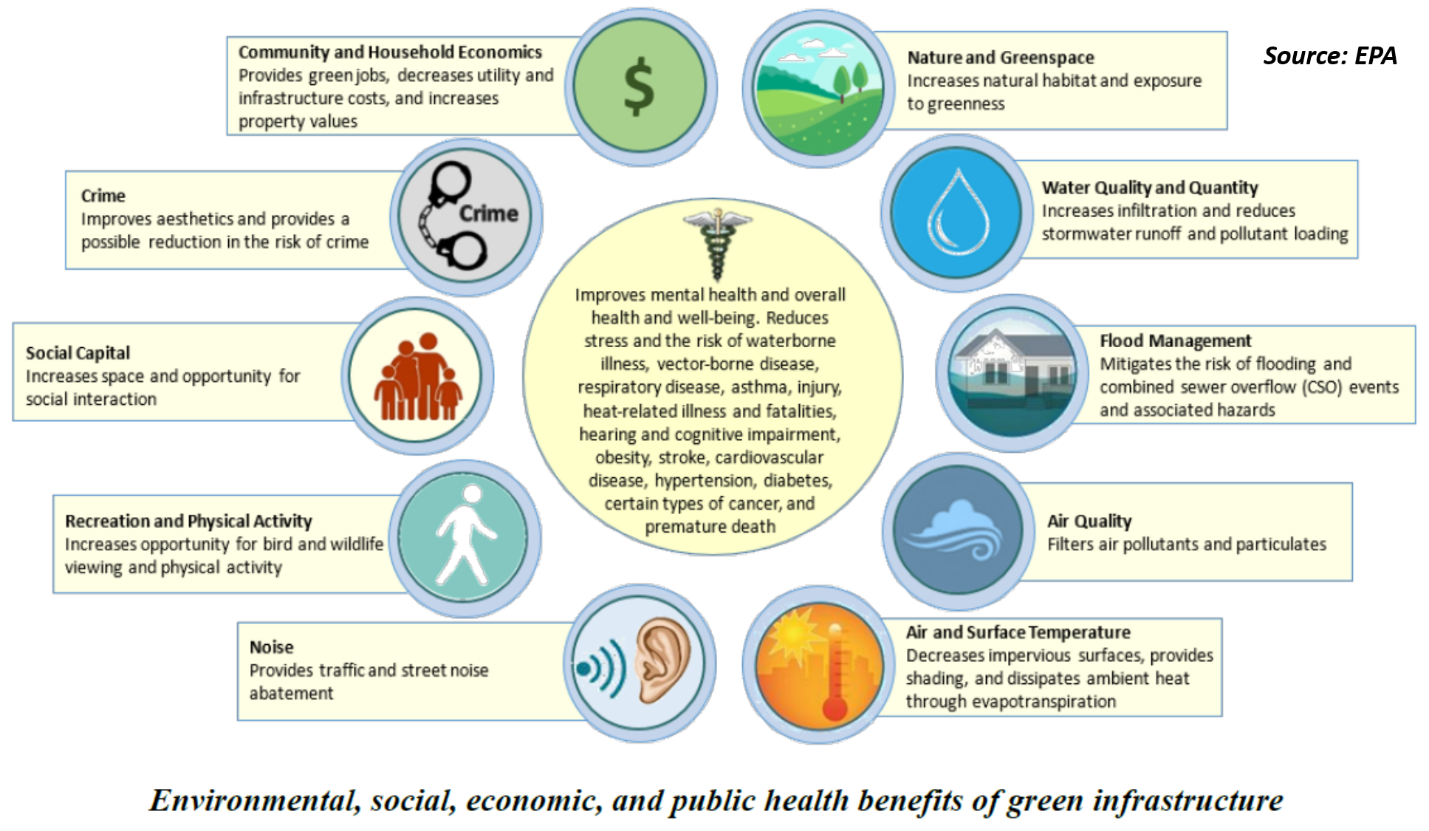
Infrastructure: Public works for people and planet
Enjoying a glass of water, getting to work or to school, reading a book in the evening. Almost everything we do throughout the day depends on infrastructure. Water pipelines bring potable water to your sink; sidewalks and roads make it easier to travel from one place to another; and energy grids light up your reading nook.
Modern life would not be possible without this built environment. But, its development can interfere with the natural infrastructure that supports all life on the planet.
Direct and indirect impacts
With a growing and increasingly urban global population, demand for infrastructure development is only increasing. And, infrastructure construction has both direct and indirect impacts on biodiversity. The consequences of increased infrastructure construction can reach farther and last much longer that you might expect. Some effects are clearly visible and easy to predict, while others are less obvious.
Building roads can result in habitat destruction or fragmentation that cuts off critical wildlife migration routes. But a new road might also open up previously inaccessible areas to illicit logging, poaching and other harmful activities. A hydroelectric dam reshapes the landscape in the immediate area, but it may also halt critical water flows to ecosystems and communities thousands of kilometres downriver.
Public works for people and planet
Meeting human needs without damaging biodiversity requires innovative strategies to make infrastructure construction more sustainable. There are many steps governments and developers can take, including:
- Reduce demand for new infrastructure by increasing efficiencies to make the most of existing facilities.
- Site selection: Avoid locating infrastructure development projects in threatened species habitats and other ecologically sensitive areas.
- Before construction: Conduct rigorous environmental and social impact assessments that look beyond the immediate area and consider future scenarios.
- After construction: Monitor impacts over time, measuring against clear environmental and social indicators.
- Invest in renewable energy: It’s an opportunity, especially in developing countries where conventional power grids are not fully deployed.
- Consult the experts: Local communities have in-depth knowledge of their areas. They must have an active role in decision-making, and their right to free, prior and informed consent (FPIC) must be respected.

Going green – and blue
Launched at the UN Climate Change Conference (COP 21) in 2015, the SuRe Standard is a voluntary, independently verified instrument to help developers integrate sustainability and resilience into infrastructure projects. SuRe aims to deliver better quality infrastructure and contribute to the achievement of international frameworks, including the Sustainable Development Goals and the Convention on Biological Diversity.
In addition to making conventional infrastructure more eco-conscious, many city planners are recognizing the potential of ‘blue-green infrastructure’ to better serve their communities. Green infrastructure includes planting trees on city streets, which improves air quality by reducing surface-level ozone and other pollutants. Blue infrastructure includes measures like restoring wetlands to store and filter water and reduce the need for more floodwalls and water treatment plants. Going green – or blue – can also mean engineering ‘grey’ infrastructure to mimic natural processes. For instance, making pavements permeable allows them to absorb rainwater much like soil would do, reducing the risk of flood, sewer overflows and water pollution.

The benefits of green infrastructure go beyond its immediate functionality. Planting trees on city streets improves air quality by reducing surface-level ozone and other pollutants. Green spaces in urban areas provide room for wildlife while improving livability for people by increasing space for recreation and opportunities to encounter nature.
Infrastructure supports healthy communities, economic activity and job creation. It connects us to each other and to distant places. But poorly conceived infrastructure can produce the opposite effects in the long term by undermining the natural infrastructure that healthy ecosystems provide. A mix of green infrastructure and well-designed grey infrastructure can provide for the needs of societies while maintaining a healthy environment.
More Information:
Mainstreaming biodiversity in the infrastructure sector
Healthy Benefits of Green Infrastructure in Communities
Introduction to the SuRe Standard
The Multiple Benefits of Natural Infrastructure
Green Infrastructure in the Decade for Delivery